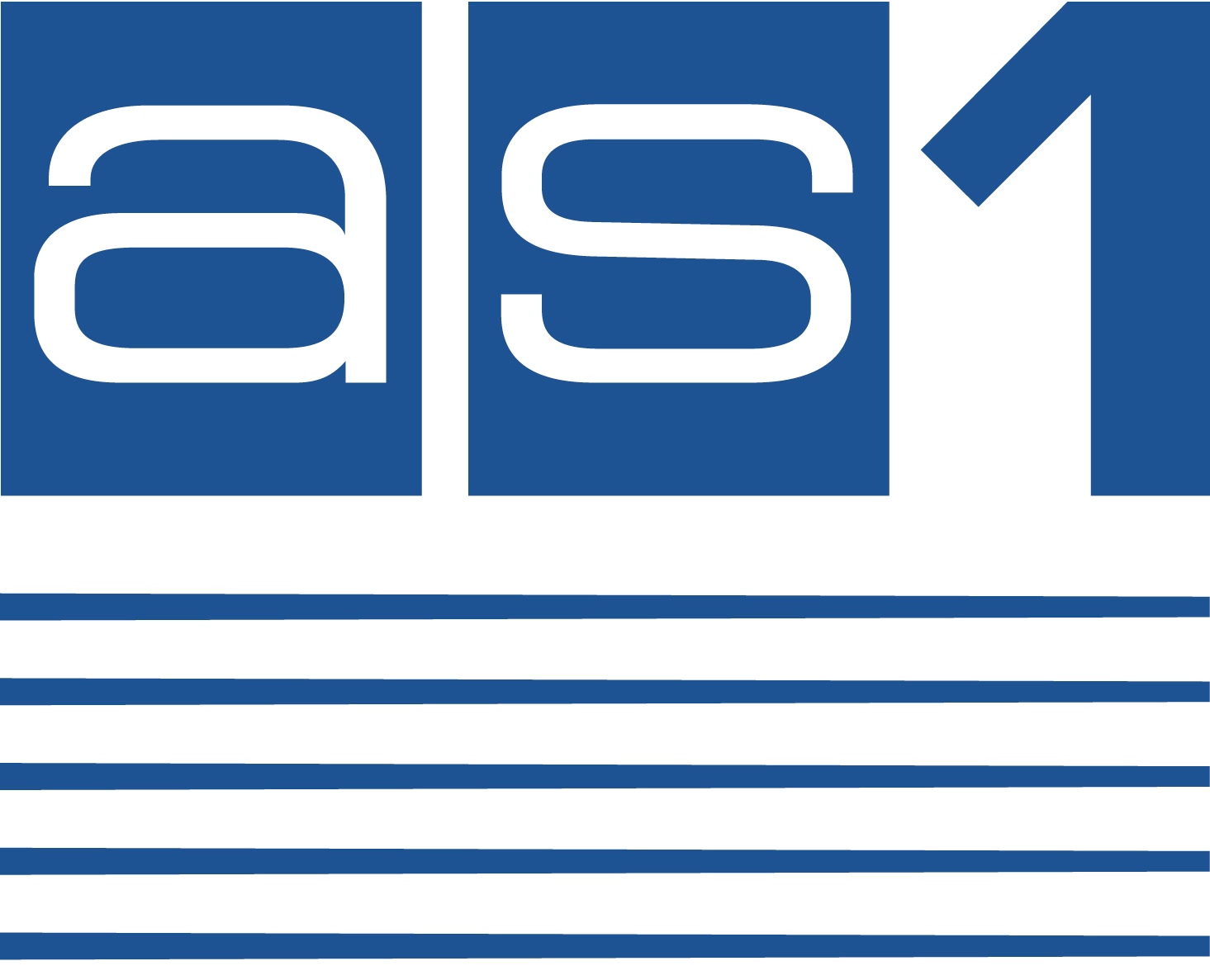This new facility is a very efficient and effective way of alerting users to both the condition of the catalyst and the anaerobic atmosphere in a Whitley Workstation. This patented application is an ingenious software based system, which requires only a minimal amount of unobtrusive hardware.
The Catalyst Monitoring System is a factory-fitted option for Whitley Anaerobic Workstations. It is set to conduct the test overnight so that when you arrive at the lab in the morning, a pop-up box on the touchscreen informs you of the status of the catalyst. ‘Green’ means all is fine and there is plenty of life left in the catalyst; ‘amber’ means the catalyst performance is reduced; and ‘red’ means that the catalyst should be changed to maintain good anaerobic conditions.
The system also allows for the test to be run manually if required. This test is very valuable because it confirms that the catalyst is working and that hydrogen is present in the atmosphere, both of which are essential to maintain strict anaerobic conditions.
This option can be used either on its own or in conjunction with the Whitley Anaerobic Conditions Monitor, which provides continuous monitoring of the level of oxygen present in your workstation.
http://www.dwscientific.co.uk/blog/new-option-catalyst-monitoring-system/



















